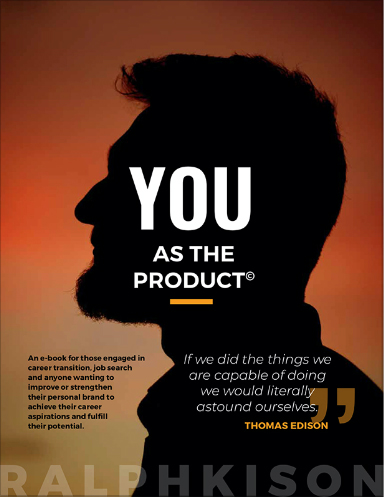Have you ever suggested a solution, proposed an option or even prepared a project scope and quoted a fee, and then later found out it wasn’t the right decision?
Under-informed or mis-informed solutions aren’t really solutions. In fact, they can cause more problems if key information is missed along the way. Even worst, they can also negatively impact your reputation.
In the context of work, it’s easy to think you understand what’s going on based on an initial briefing, but it pays to dig a little deeper before suggesting a solution.
This is especially true when it comes to working with clients. Here’s a technique from my Sales Diamond™ program that is found in the Qualifying stage. It is very effective for defining a solution to present to a client.
Here are four critical factors you’ll want to discover before presenting a solution:
- Timeline – What are the client’s time constraints?
- Budget – What are the client’s financial constraints?
- Authority – Who is the economic buyer? Who is making the final call?
- Goal – What is the driving factor behind this project, initiative, etc.? (A need/want/problem/corporate imperative…)
When you believe you’ve gathered this information, repeat it back to your client to confirm your correct understanding of their requirements. This is the really important part!! Don’t assume.
“So, Robert, let me tell you in my own words what I believe you just said. I want to ensure we’re both on the same page.”
By taking time to discover what others really care about, you can focus on their actual concerns, save time, and establish yourself as a competent professional.
This is such a simple, yet powerful action that demonstrates you understand, shows you care enough to listen to comprehend, and creates confidence in the mind of your client that they can trust your recommendations.
Strive to become an excellent listener. Remember that it is more important to listen to what the client shares about their needs, wants, or desires rather than overwhelming them with information about you or your firm. The adage of “you have two ears and one mouth” reminds us to listen more than we speak. Also, utilize a combination of effective questioning and appropriate body language to communicate interest, demonstrate understanding and build rapport.
Becoming a provider of a high value solution means not talking your client into buying something just to make the sale. Stay focused on providing customized solutions uniquely tailored to the client’s specific situation and requirements. A well-designed solution will deliver value that may last a lifetime.
Finally, remember that satisfied clients tell others about their positive experience which often creates opportunities for new business through referrals.



Recent Comments